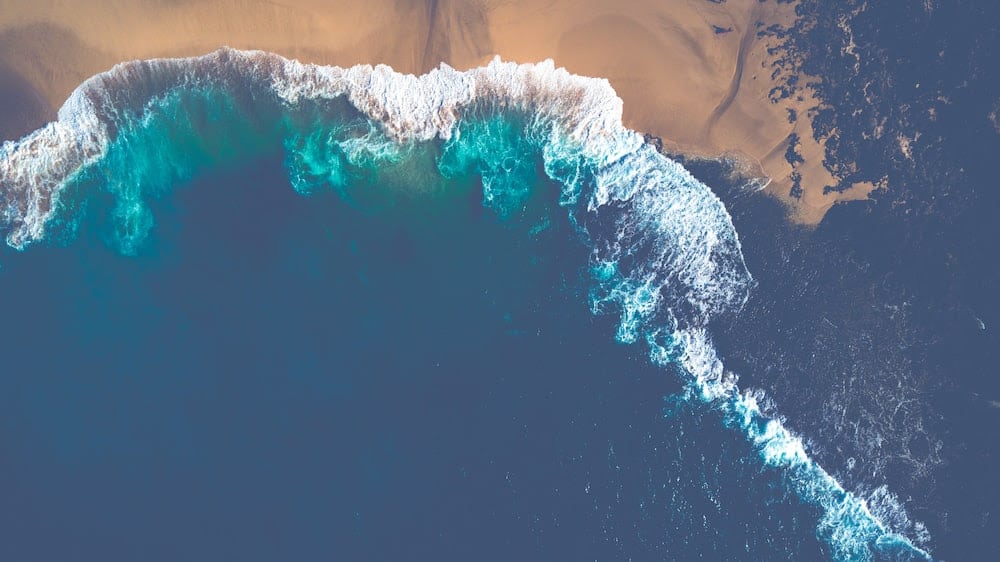
New information shows that over the last 20 years, color changes from blue to green have occurred in 56% of the world’s oceans. These changes are particularly evident in tropical regions near the equator.
According to researchers writing a study published on July 12 in the journal Nature, this subtle greening of our oceans is evidence of the effect of climate change on underwater life.

Thanks to Nasa’s Modis-Aqua satellite, they were able to detect a gradual shift from blue to green in more than half the world’s oceans. The scale of the phenomenon is astonishing: the surface area that has changed color is larger than the entire land mass of the planet.
Researchers from the National Oceanography Centre in Southampton, UK, and their colleagues analysed the Nasa data. Their study concludes that green coloration is a sign of ecosystem modification due to climate change.
While the exact nature and causes of these changes have not been confirmed, the researcher believes they are probably linked to the creatures at the base of most food chains: phytoplankton. These organisms play an essential role in producing much of the oxygen we breathe and in stabilizing our atmosphere. “The effects of climate change are already being felt in the surface marine microbial ecosystem,” notes the study.
Ocean color change could be a sign of a more serious problem
According to the authors, a change in ocean color could reflect an evolution in the state of ecosystems. “We’re not talking about radical, massive changes that destroy the ecosystem, they can be subtle,” says B. B. Cael. “But this gives us further evidence that human activity is probably affecting large parts of the global biosphere.”
Ocean color can change from year to year, with surface chlorophyll levels varying considerably. This makes it difficult to determine whether the change from blue to green is actually due to climate change.
Scientists thought it would take up to 40 years of ocean color monitoring before any trend was observed. Each satellite measures color changes in its own way, making it difficult to combine data from several satellites.
To better understand the evolution of ocean colors, a NASA mission called Pace is scheduled for launch in January 2024. It will monitor plankton, aerosols, clouds and the ocean ecosystem.




